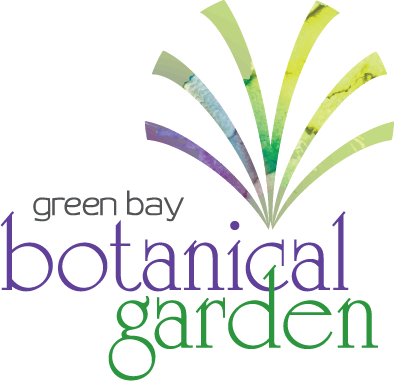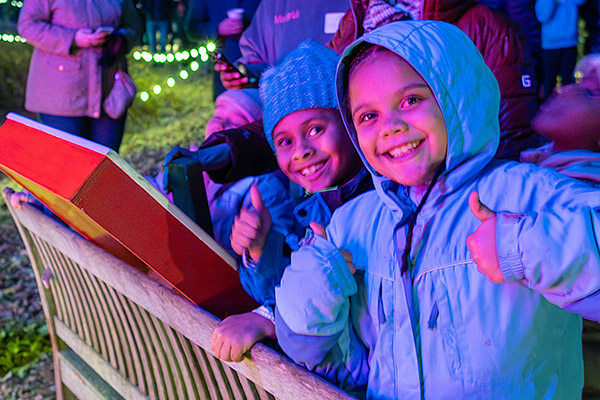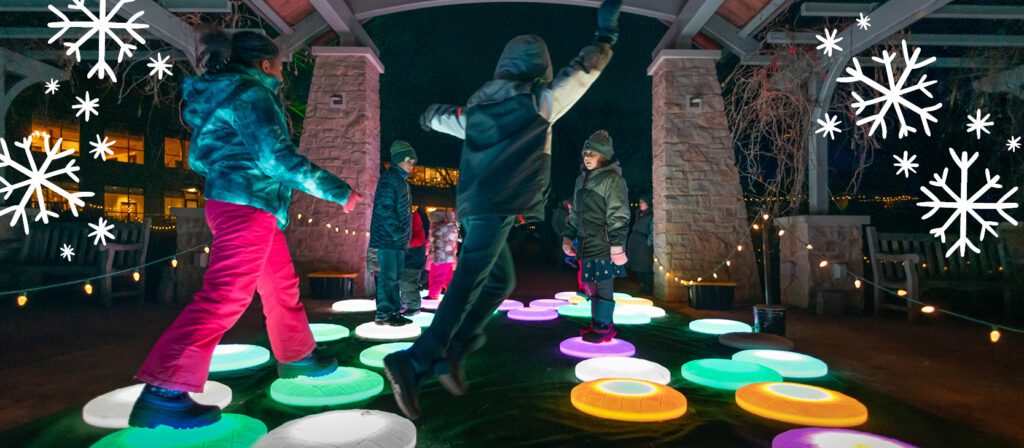When I was a kid, my family didn’t have a cabin to vacation in during the summer. No pontoon boat, no sandy beaches, and definitely no air conditioning. What we did have was a trailer with rotted out floor boards from the ’70s, and what it lacked in amenities it made up for in smell.
Still, by the glow of the orange floor to ceiling lamp, I’d fall asleep on my cot as the croaks of toads and frogs permeated the thin tin walls. So, who are these critters hiding in the mud just to come out for a few months a year? Well, let me introduce you to just one of them, the northern leopard frog.
A Formal Introduction
If you want to be scientific, the northern leopard frog is known as Lithobtes pipiens, quite the mouthful. They have smooth skin that comes in shades of green, brown, and sometimes yellow. Most distinctive is their namesake – dark oval spots surrounded by light haloes. They also have ridges along both sides of their lower back. Formerly, they were found across most of Canada and the US. In recent years their population has declined, leading to their range becoming more confined.3 In Wisconsin, you’ll find them hanging out in various wetland habitats like springs, ponds, bogs, marshes, and lakes.1
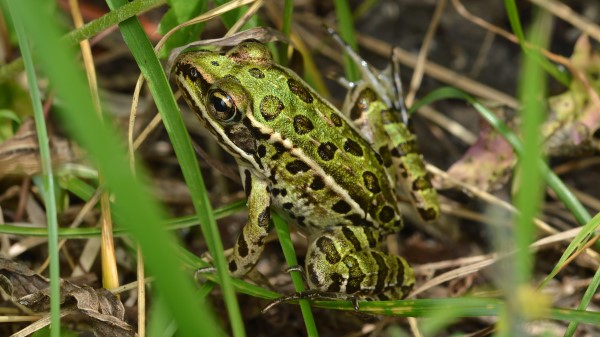
Life in the Pond
Northern leopard frogs live for five to eight years, which isn’t too bad for a little critter in the wild.
Adult frogs breed in water, and lay their eggs on aquatic vegetation. In just one short week, tadpoles will hatch. Mostly herbivorous, they’ll munch on algae, aquatic plants, debris, and potentially small invertebrates to grow big and strong. Three months later and you have a juvenile frog!3
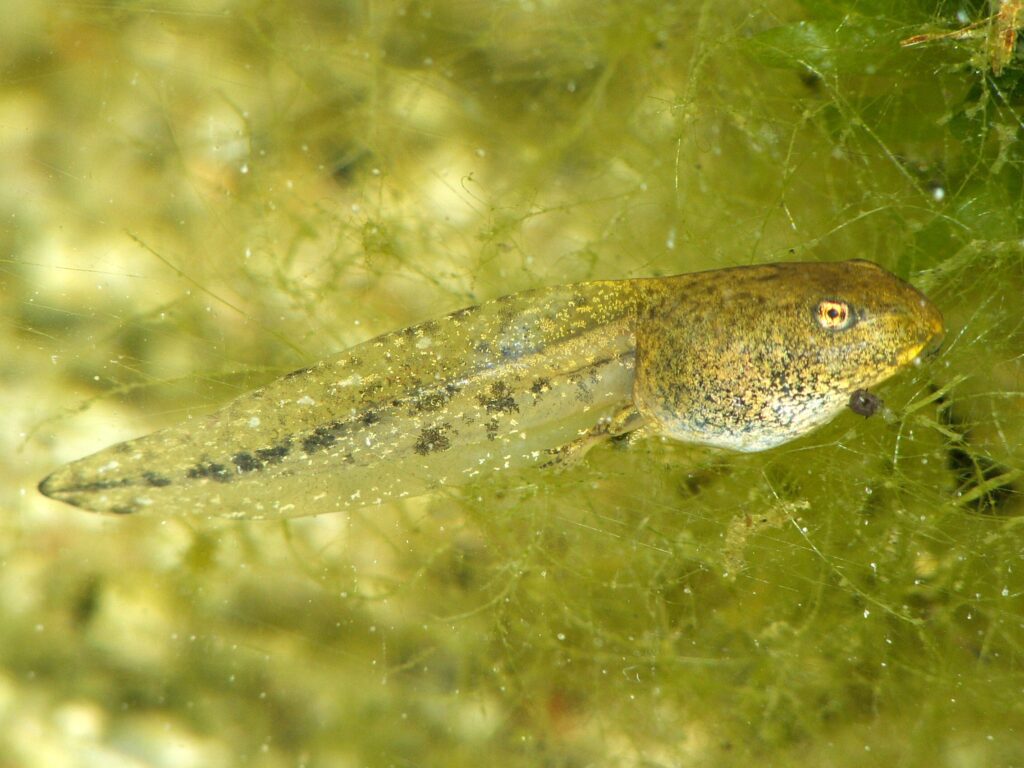

These frogs travel long distances to forage in standing water in old fields and prairies.1 They feed on small invertebrates, spiders, mollusks, and crustaceans. Because of the needs of northern leopard frogs at different life stages, it’s critical that their habitat provides them access to terrestrial and aquatic areas.
Trouble in the Swamp
Unfortunately, northern leopard frogs have been facing some challenges. Since the 1970s, they’ve experienced a steady decline in population and range. In part, this is because they have a very low capacity to adapt to climate-related changes.
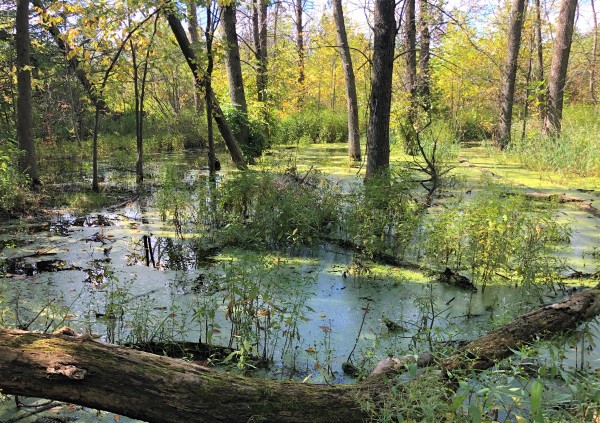

When climate change threatens wetland vegetation for tadpoles and deep-water areas for hibernation, northern leopard frogs are left very vulnerable. Their life spans are so short that if they encounter a long-lasting drought, it could easily knock out an entire population.2 This has led to the near complete eradication of northern leopard frogs in the southwestern U.S.3
While it’s difficult to see the progressive damage of climate change, there’s still plenty that can be done to protect wetland biodiversity in Wisconsin! To learn about wetland conservation and restoration, you can learn more from the Wisconsin Wetlands Association.
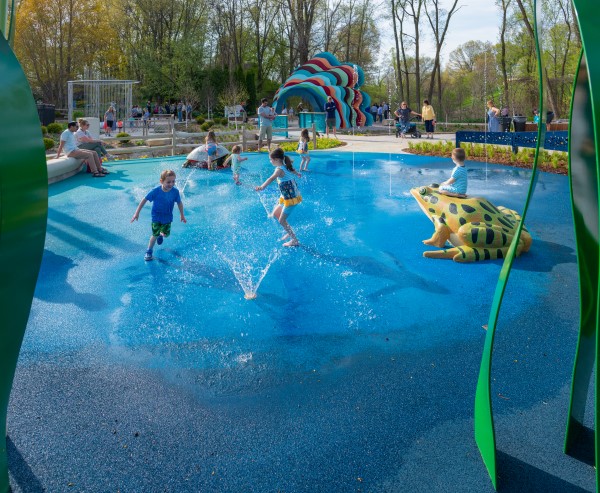

Also, be sure to visit the Fischer Family Lily Pad Splash Play area in the brand-new Carol & Bruce Bell Children’s Garden! Here you can develop a better understanding of Wisconsin’s wetlands and meet our very own larger-than-life statue of, you guessed it, the northern leopard frog!
Sources
- “Northern Leopard Frog (Lithobates Pipiens).” Wisconsin Department of Natural Resources, dnr.wi.gov/topic/EndangeredResources/Animals.asp?mode=detail&SpecCode=AAABH01170. Accessed 5 June 2023.
- “Northern Leopard Frog (Rana Pipiens) .” US Forest Service, www.fs.usda.gov/rm/grassland-shrubland-desert/docs/projects/vulnerable-obligate-species/final-report.pdf. Accessed 5 June 2023.
- Palumbo, Jean. “Northern Leopard Frog.” National Parks Service, 2010, www.nps.gov/grca/learn/nature/northern_leopard_frog.htm
